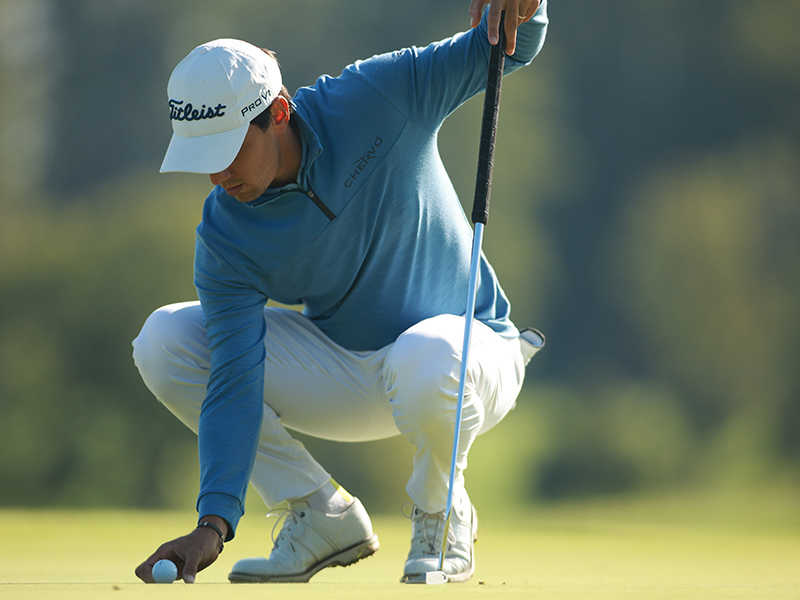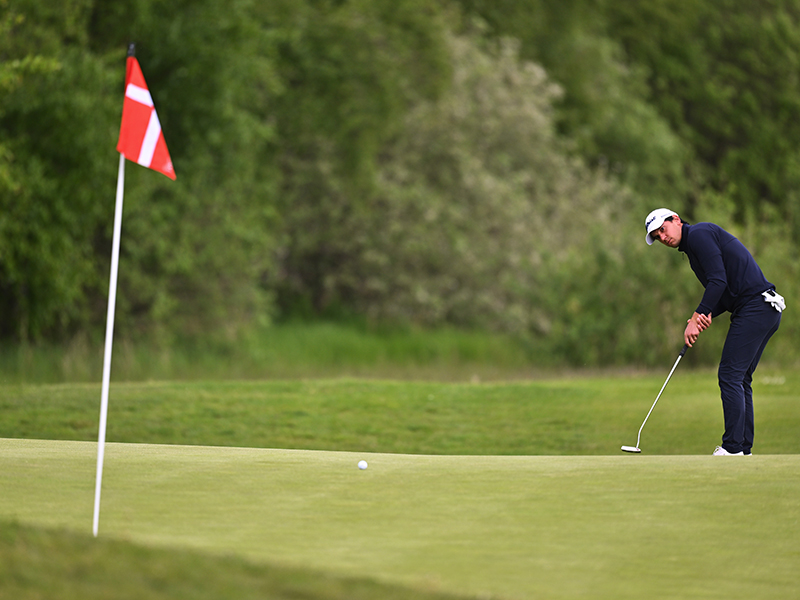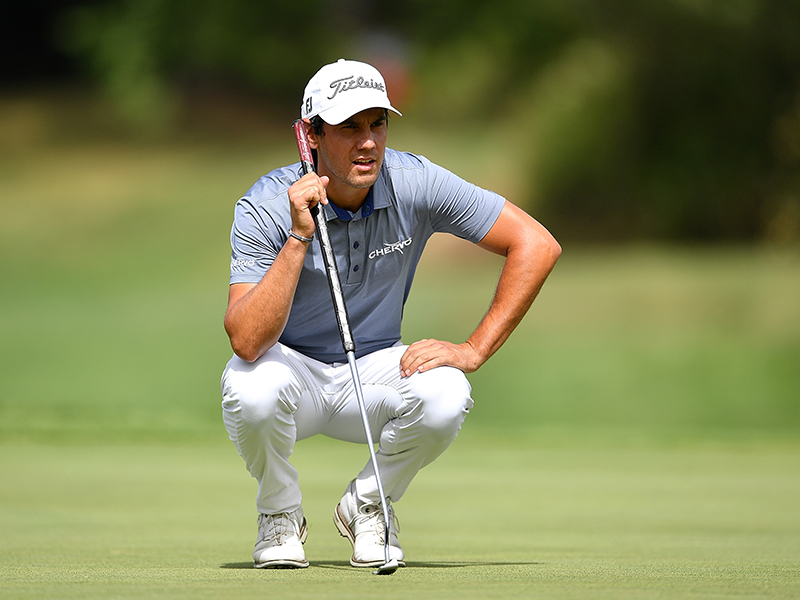
Matteo Manassero has had quite the career so far, winning four titles in as many years and becoming the youngest ever DP World Tour champion at just 17 years old.
His last DP World Tour victory was more than ten years ago now, causing him to fall down the Official World Golf Rankings, but he certainly appears to be back to his best after an 11-under-par round of 61 in South Africa.
Following an an impressive bogey-free scorecard, littered with seven birdies and two eagles, we decided to share seven of Manassero's top putting tips to help you wield the flat stick like a champion...
1.Positive approach and varied practice
It’s essential for amateurs to adopt a positive attitude. It’s easy to get frustrated because you naturally feel you should be able to put the ball in a hole that really isn’t that far way. But we all know it’s more complex than that.
If you go to the driving range and hit a succession of really good shots you
feel happy. But if you make ten putts in a row from ten feet, you don’t get the same satisfaction you do when you hit a driver 280 yards.
I don’t think people approach putting in the right way. You shouldn’t stand alone on a putting green doing endless drills, because that can get boring, especially if you’re not putting well. You should try to enjoy it more, set challenges, have competitions with friends, maybe play for £10 or a drink.
2. Pre-shot routine

I look at the putt from behind the ball, from one side and then from behind the hole. After that, I should know the line. If I have any doubts I’ll probably look again, but I try to have as little doubt as possible when I stand up to hit the putt.
Feet are very important for feeling the shape of the green and understanding the surface you’re putting on. If I look from all sides but have a different impression when I stand over the putt, I go with that feeling. My feet make the final decision. It’s really hard to start a putt when you feel you’re aiming in the wrong place, even if your eyes tell you it’s right.
3. My technique
The putting technique doesn't have to be complicated. first thing I do is make sure my eyes are over the top of the ball, and then I take up a comfortable, athletic position, but not rigid. When you stand over the ball you should grip the putter, rest it on the ground and go.
Prepare well, concentrate, feel the pace with a few practice strokes and commit to your line, but when you’ve done all that, don’t mess around. Stand over the ball, look at the hole one more time and away you go.
4. Working on feel

Feel is probably the most important thing in putting. I don’t think it comes so much from the hands, but rather from the eyes. If you look at the hole, glance down and then look away from the hole in the opposite direction, you know how hard you have to hit it.
It’s a hand-eye connection that exists automatically once you’ve visualised the putt. Your eyes remember the putt, and your body knows how much to move. It’s not something you can teach, but something you can practise.
Hit some putts looking just at the hole, and in the opposite direction of the hole, so you’re not really thinking about how much you have to move the putter or how hard you have to hit it. It’s more natural.
5. Develop rhythm
If you want to produce a smooth stroke, you can’t grip the putter hard. On a scale of one to ten, I probably grip the putter at four so my hands are quite loose. I tend to have quite a small backstroke and hit at the ball, similar to one of the best putters ever to play on the PGA Tour, Brandt Snedeker.
I’m a ‘hitter’, as they stay, instead of a ‘swinger’ – which means more backswing and a little less follow-through – like Ernie Els. I don’t think there’s a right or wrong way, but being a ‘hitter’ takes the bigger backswing out of play, so you’re more compact. I think it’s a more repeatable technique.
6. Lag putting
Using the feel drill is useful on lag putting, as is putting a stick two feet behind the hole. Then, from 30ft away take five balls and try to stop them all between the hole and the stick. Whatever your technique, just try to get the pace right. Putting is all down to practice.
7. Six-footers

With short putts like six-footers, I always line up a mark on my ball with where I want to hit the putt. On the practice green, I go around the hole with multiple balls from different directions, like a clock. Of course I’m trying to hole them, but it’s more about the feel of different putts and trying to make a good stroke. Spending a little time on the putting green before going out is really important.
With six-footers on the course, the only thing I’m thinking about is the first foot. It’s not so much about pace, but starting the ball on the right line is crucial. All the putter has to do is start the putt on the right line. It might hit something, but you can’t control that. Just concentrate on committing to your line, aiming in the right place and setting the ball off straight. Don’t overthink things.
The Golf Monthly archive is a gold mine of brilliant reads, documenting a journey through the history of golf dating back to our first issue in 1911. Take advantage of over 100 years of invaluable tips from the best tour professionals and coaches in world golf, by subscribing to the online Golf Monthly Archive.







